An hour’s drive outside of Florence sits the hill town of Strada in Chianti. At first glance, it is one of a thousand quaint Italian towns—a village by American comparisons. Wander the streets in the early morning and you’ll find the requisite café serving espressos and pastries. Perhaps there’s a tobacco shop selling stamps and bus tickets, or a bar still closed from the night before. Otherwise, the streets lay dormant in the mist of the morning, a thick grey cloud that rolls in from the Tuscan hills like a heavy down comforter, beckoning you to stay in bed.
Yet nestled alongside the oddly shaped Piazza Emilio Landi is a treasure one would never notice without explicit direction: the Pastificio Artigiano Fabbri. With more than 100 years of pasta-making experience, this fifth-generation family business has been operating in Strada in Chianti since 1893. It was then that Giovanni Fabbri founded his pasta factory, alongside a mill, a bakery and a grocery. While the other businesses have since closed, the factory has remained—retaining the spirit of small-scale artisanal production.
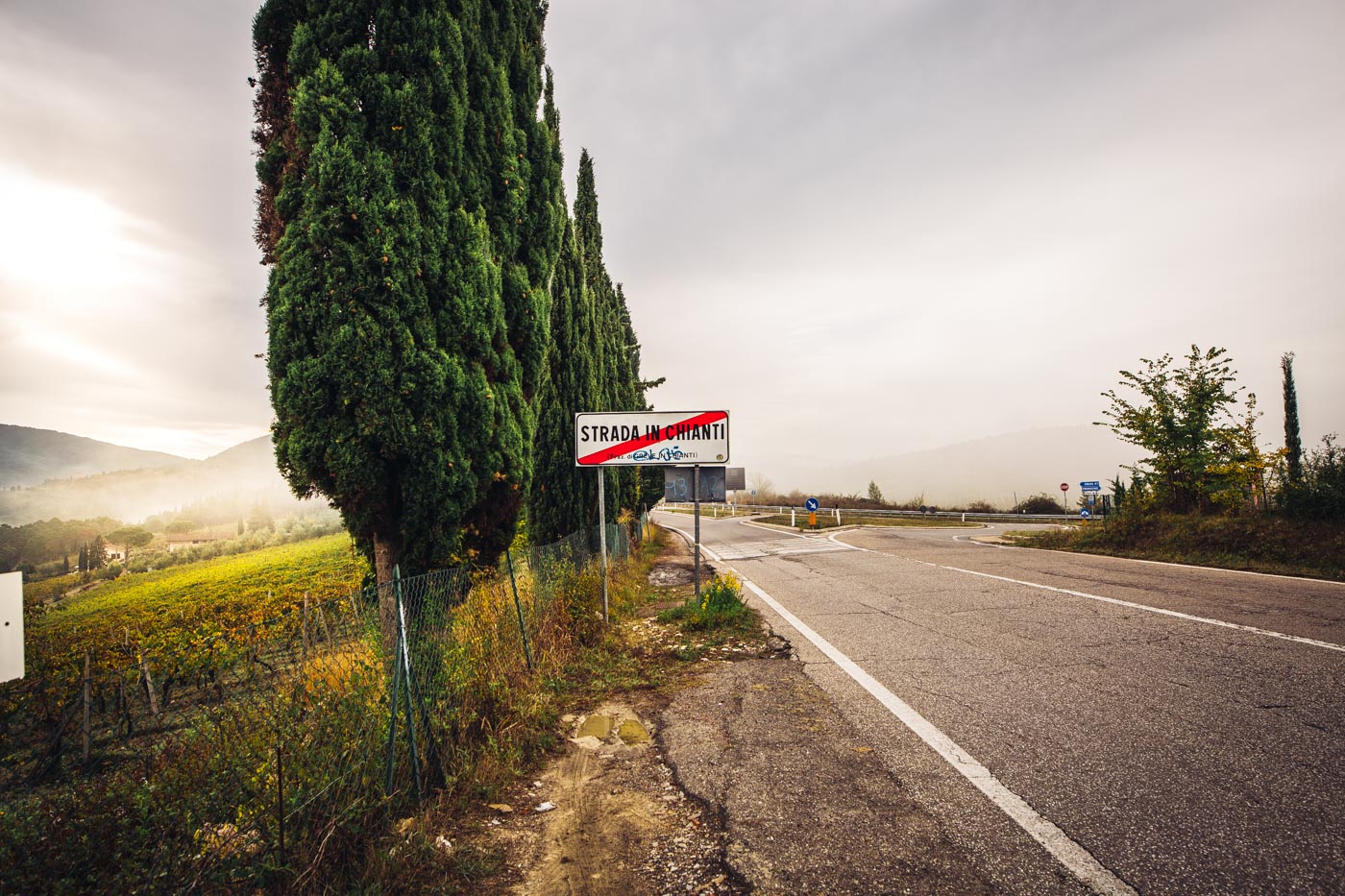
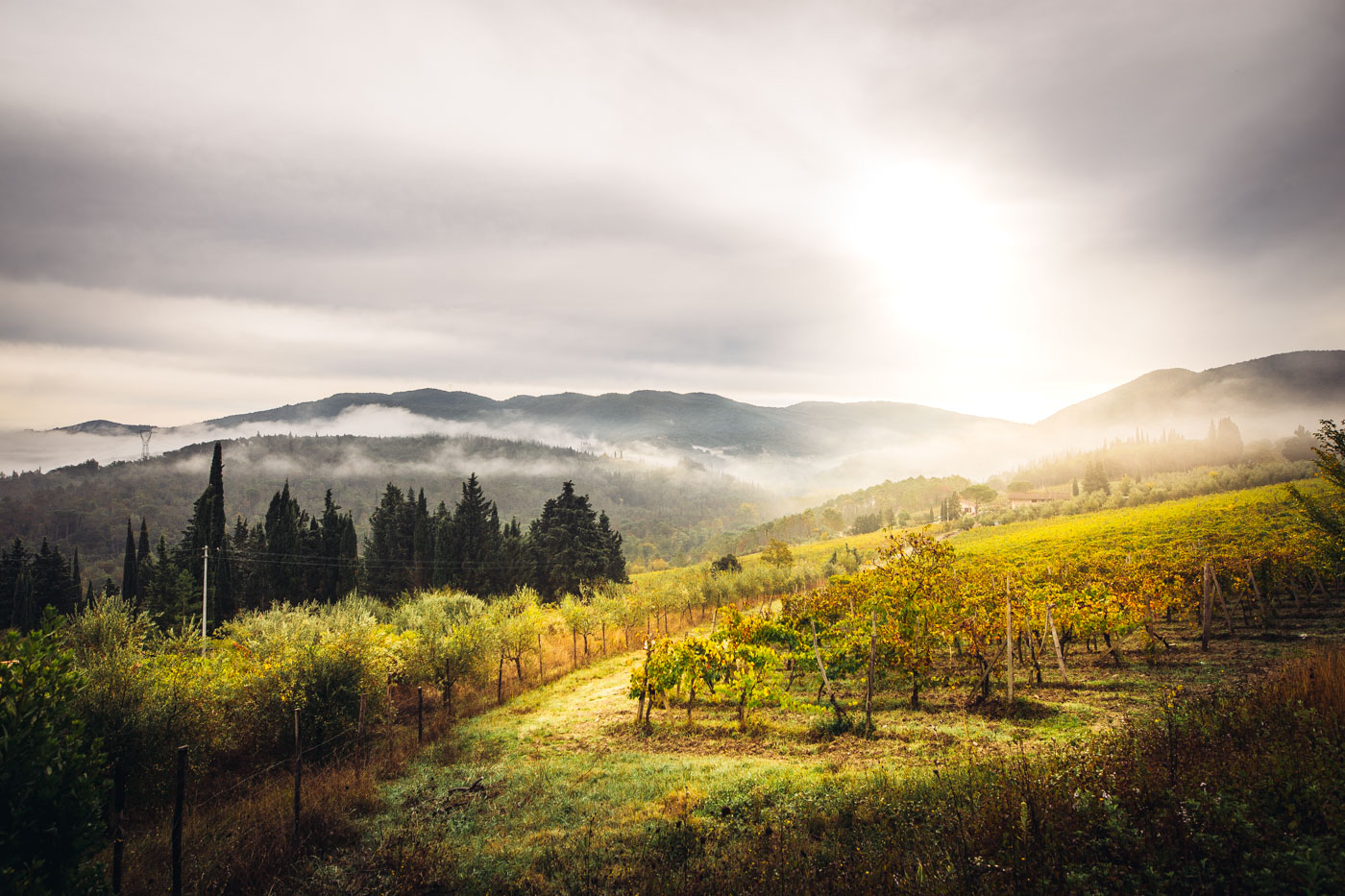
What distinguishes Fabbri pasta from other products is not only a preservation of the past, but the ability to verify the value of traditional methods through the scientific progress of recent generations. Today, Giovanni’s great-grandson—also named Giovanni—runs the factory alongside his children, Lisa and Marco. Together, the trio uphold a commitment to quality by sourcing the finest grain and preparing their product via the “Fabbri Drying Method”—a low temperature process that ensures the wheat is never cooked before it hits a pot of boiling water.
Like any mass-produced foodstuff, the dried pasta we see in grocery stores is a far cry from the artisanal production at Fabbri. Slick, yellow, shiny and brittle, mainstream pasta can be made and dried in a mere six hours—and it easily overcooks. Taking up to six days, the slow-and-steady Fabbri method yields a much paler noodle, echoing the hue of raw grain. It is also rougher in texture, and it takes far longer to cook (up to 20 minutes).
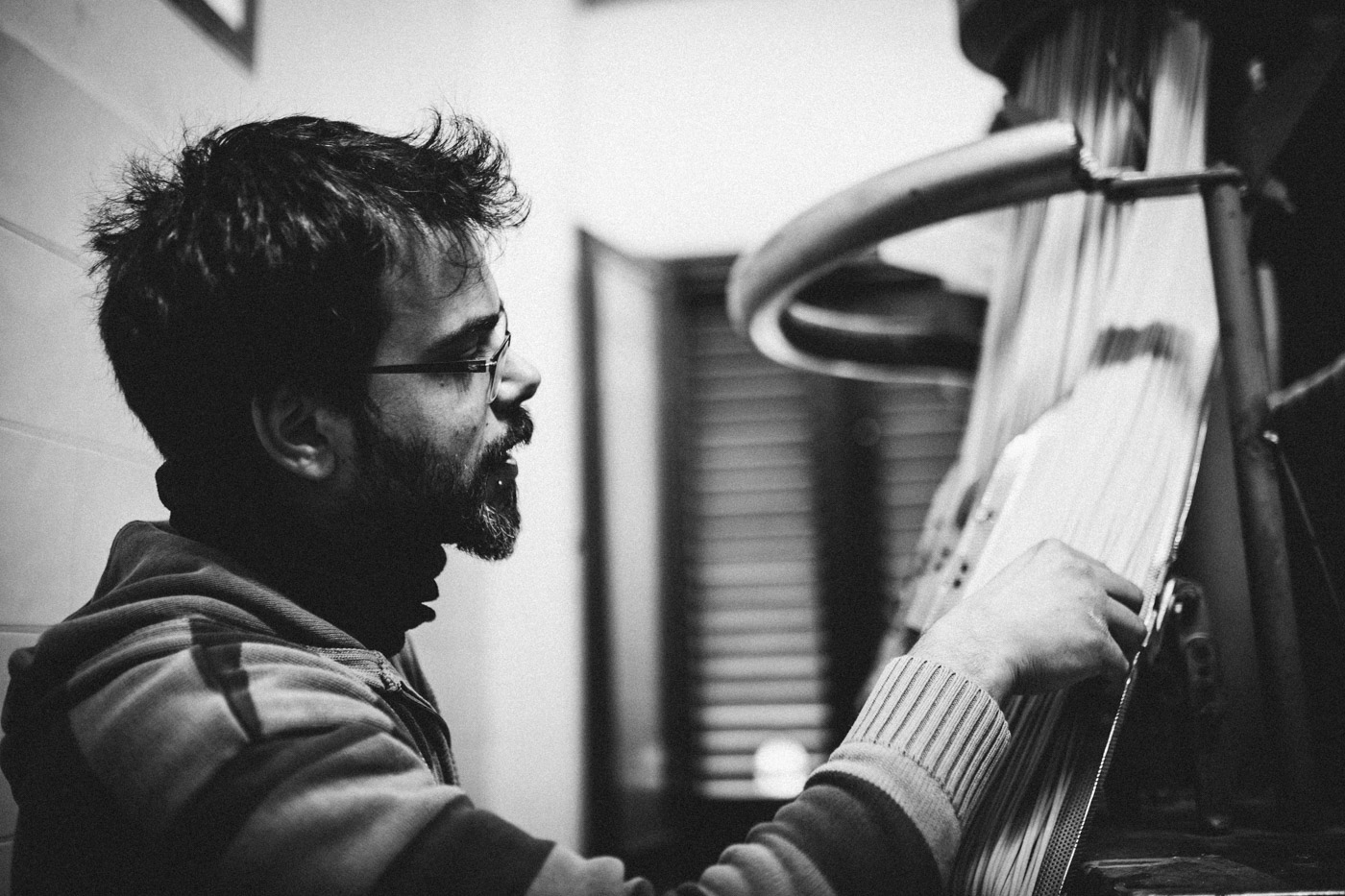
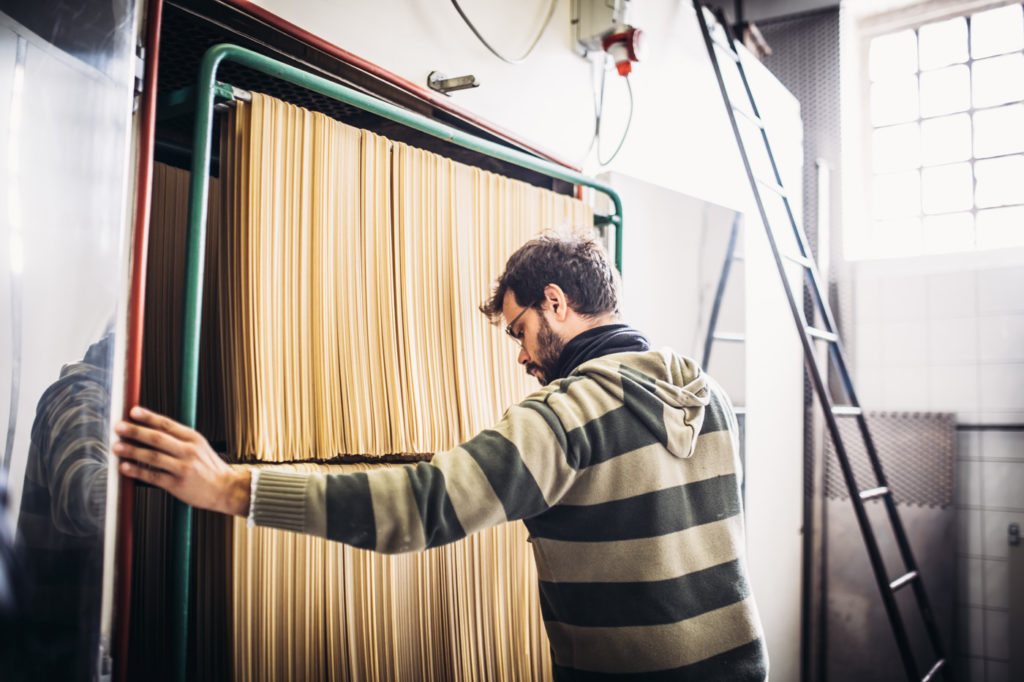

Slower, more demanding and more expensive, the Fabbri method is far from the simplest way to make pasta. Especially for Americans—who generally think of dried pasta as an inexpensive product, placing higher value on handmade fresh pastas—the reasoning behind this process isn’t easily apparent. In short, the Fabbri family is dedicated to preserving the quality of their core ingredient: a carefully chosen strain of cappelli durum wheat. Endorsed by the Agricultural Consortium of Siena, this heritage wheat provides advantages not only in flavor and gluten structure, but also is gentler on digestion than modern (and often genetically modified) strains of wheat.
Over the past decade, the gluten-sensitivity movement has seen not only a marked upswing in the United States, but also in countries like Italy and France, where carbohydrates are part of the culture. Marco Fabbri believes this is due to the industrialized quality of the wheat. “We have had people visit our factory and tell us, ‘I cannot eat wheat.’ But when they eat our products they realize the problem is just a question of the quality of the grain,” he says. In fact, the Fabbri factory’s commitment to sourcing the finest semolina (milled durum wheat) has earned them an invitation to participate in a study on gluten intolerance at the nearby Università degli Studi di Firenze’s agricultural school.
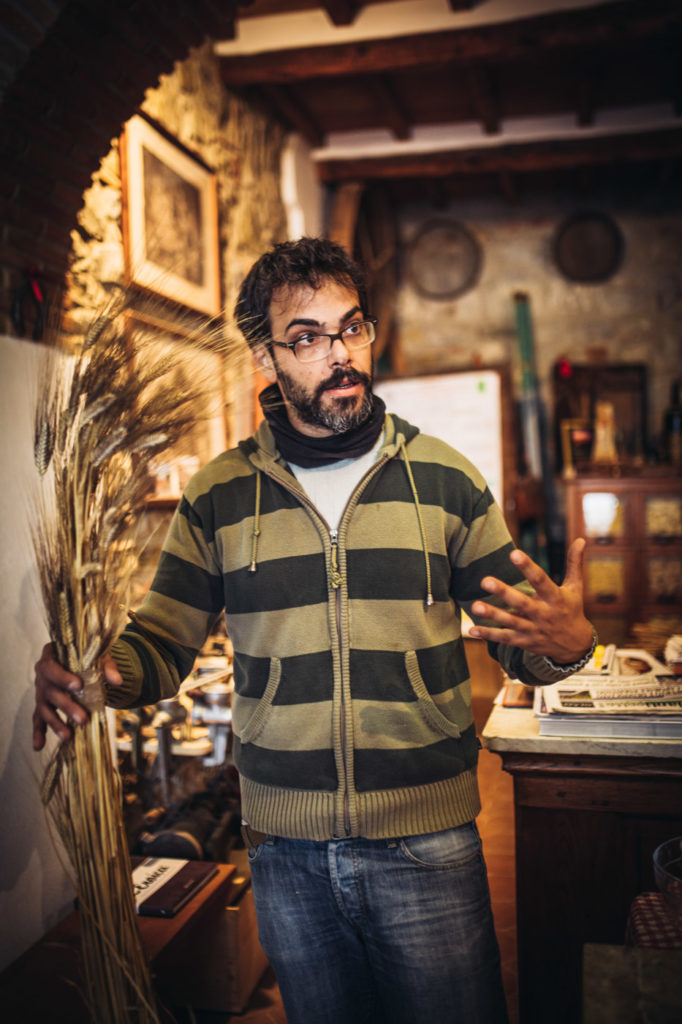
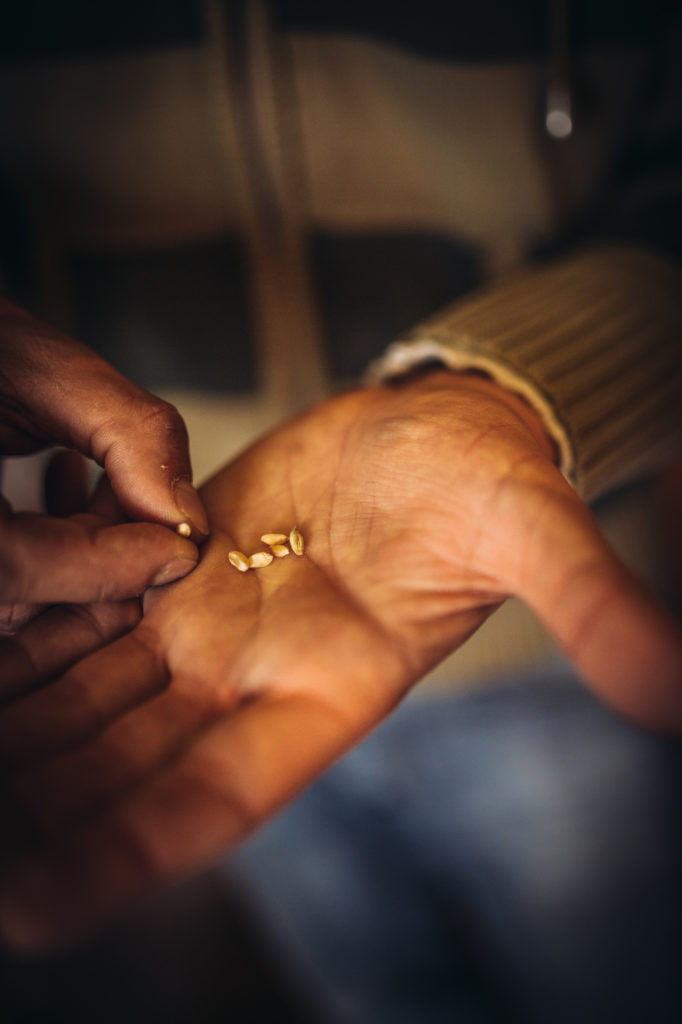
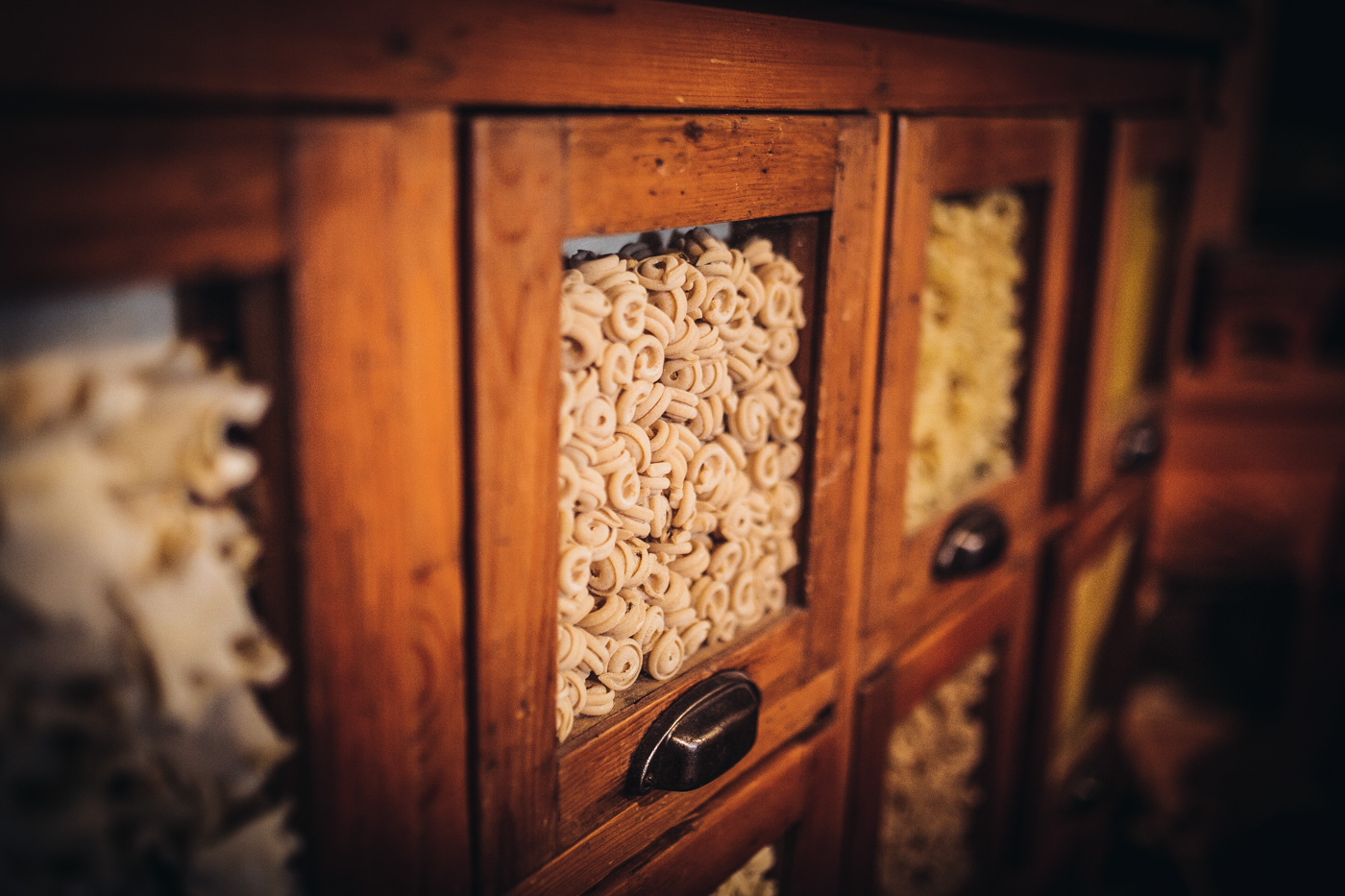
Of course, this select grain is not available in abundance. “It is only once a year that I can get this grain,” notes Marco. He or his father inspect the wheat themselves, chewing a raw piece of the grain in the field to test the quality of the gluten. “Of course, we are now able to do more careful analysis of the grain using modern technologies,” Marco explains. “But this more rustic method of knowing the grain is very useful to us, as formal analysis takes longer to process, and by then, a heavy rain can damage the wheat.”
With ever-increasing demand for production from both Italy and overseas, harvesting and protecting the maximum amount of this hard durum semolina determines the Fabbri factory’s productivity for the next year. “It was difficult, initially, to even find farmers who were open to producing this grain,” Marco adds. “Increasing production is an ongoing challenge, as growing this kind of wheat can be more challenging than genetically modified varieties. We hand-pick both the farmer and the field, and we are very proud that—as of 2016—we are able to able to grow all the grain locally in Tuscany.”
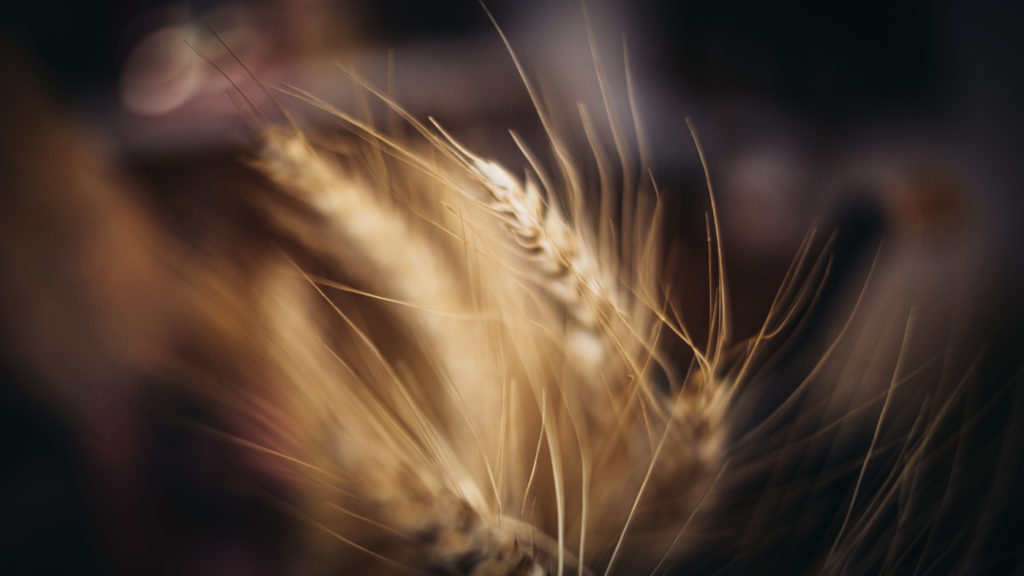
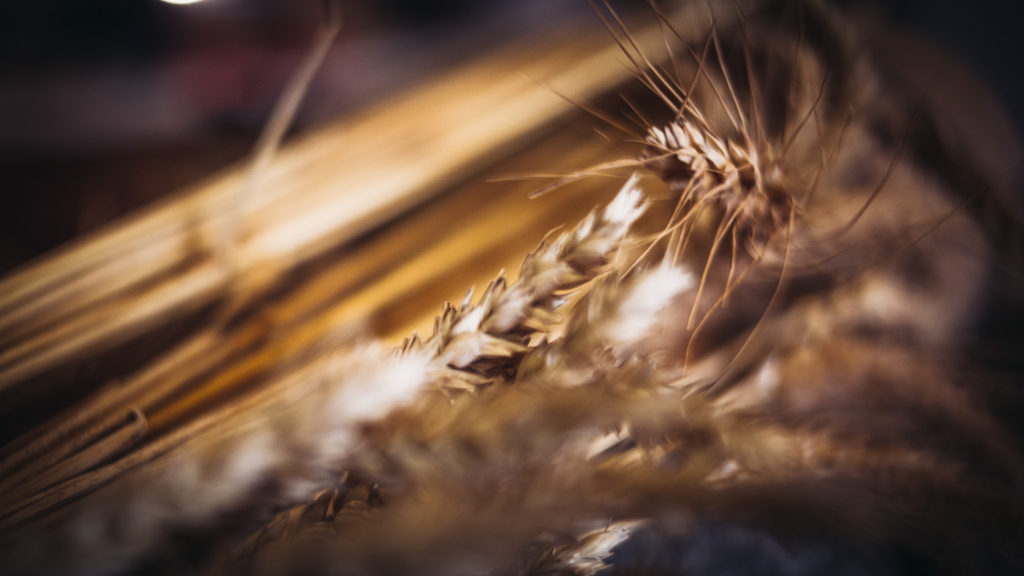
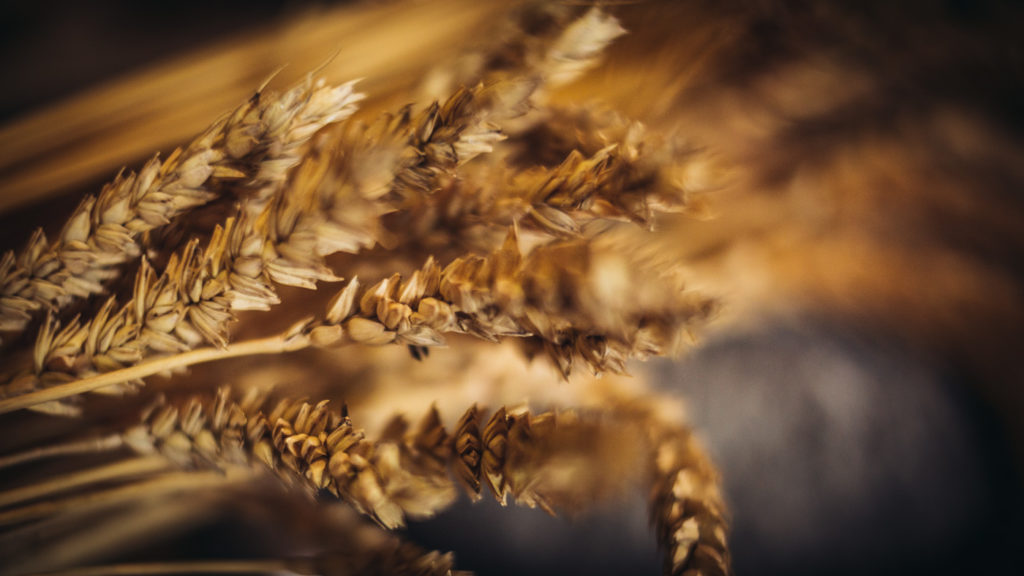
Once this precious grain is finally in hand, the role of the Fabbri method is to preserve the life—the flavor, the bacteria and the overall organoleptic properties—of raw wheat. From the mixing of the dough to extruding and drying, the temperature of the pasta never exceeds 38 degrees Celsius (100 degrees Fahrenheit). That’s colder than a hot summer day in some parts of southern Italy.
Keeping the pasta cool throughout this process requires time—a lot of time. From start-to-finish, the Fabbri method takes longer than the fermentation process for the world’s finest sourdough bread. The drying alone takes three to six days, depending on the humidity and the season.
Once this precious grain is in hand, it is milled on-site and mixed with water and salt, creating thick tubes of tawny, shaggy dough. The dough is slowly pushed through bronze extruding dies via the vibrations of a massive, noisy, hunter green machine that hails from the 1960s. Watching the process in person almost feels like being underwater. Spaghetti dances its way out of the extruder in slow motion before being seamlessly transferred to a dowel, a curtain of blonde tresses just begging to be touched.
Of course, spaghetti is only one of the many shapes of pasta developed by the Fabbri family. While it dries hanging on dowels (which are hung in racks whose wooden grooves were hand-carved by Giovanni), other pasta shapes are carefully placed in a stack of wooden slats that resemble the honey racks of an apiary. They then enter a gentle pasta sauna, where they’ll be coaxed into dehydrating by a faint, warm wind.
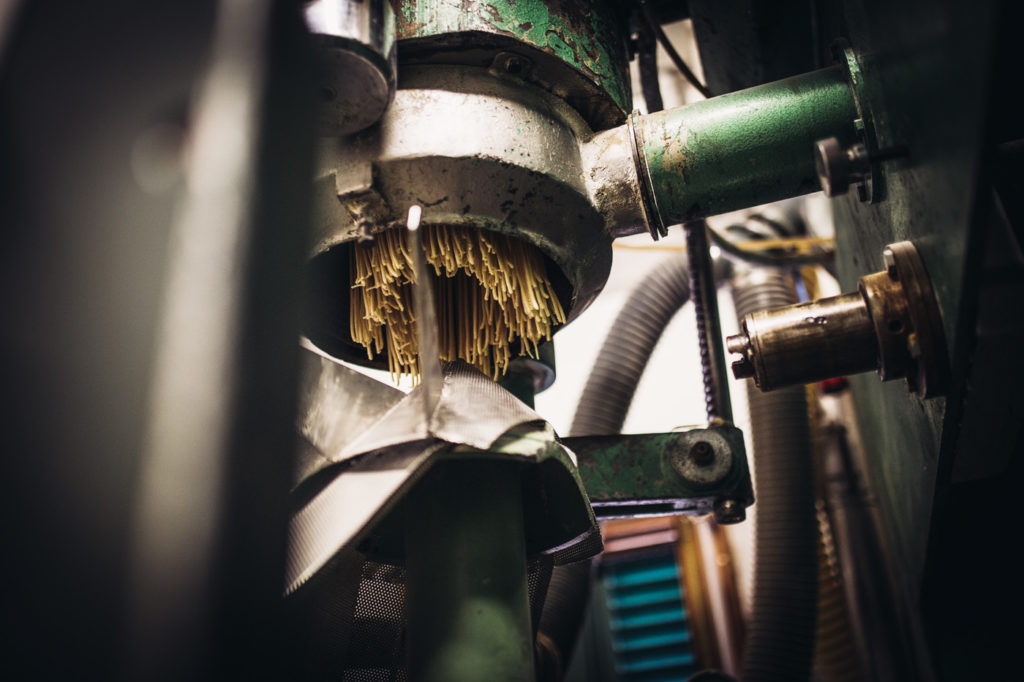
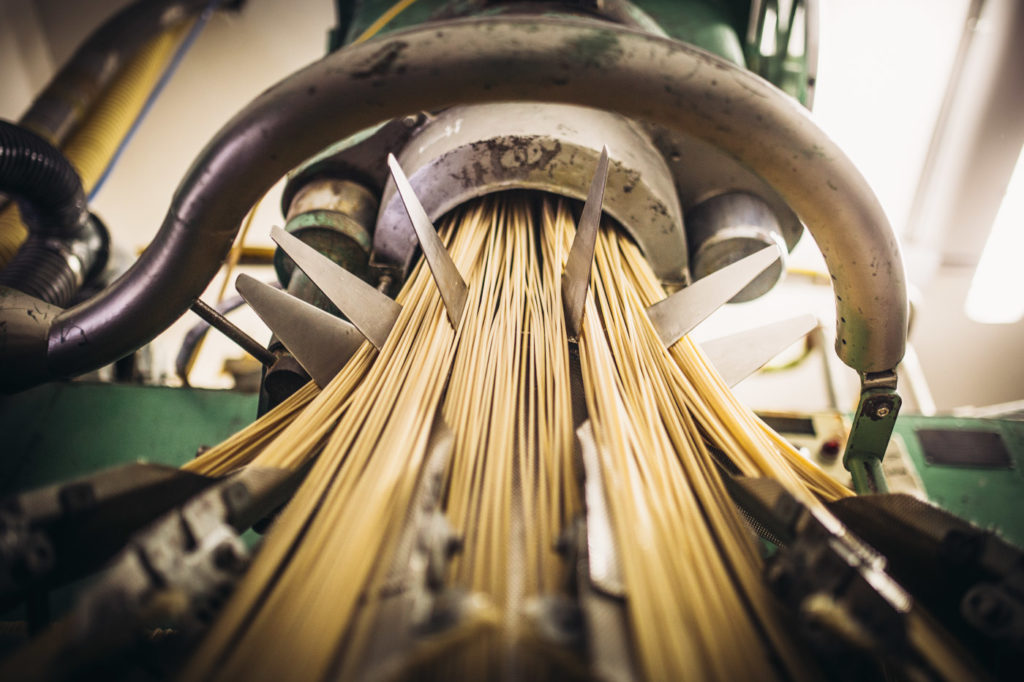
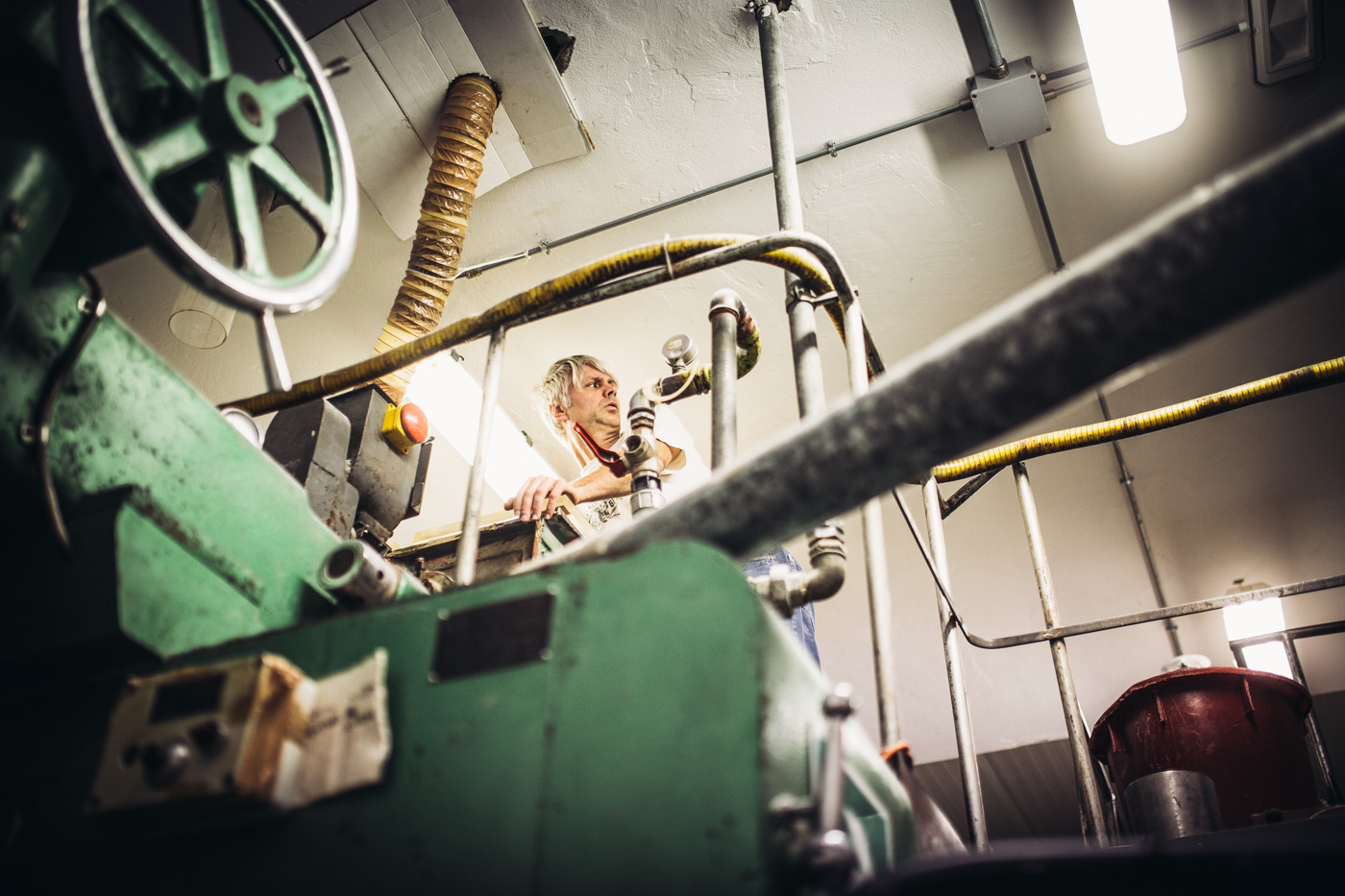
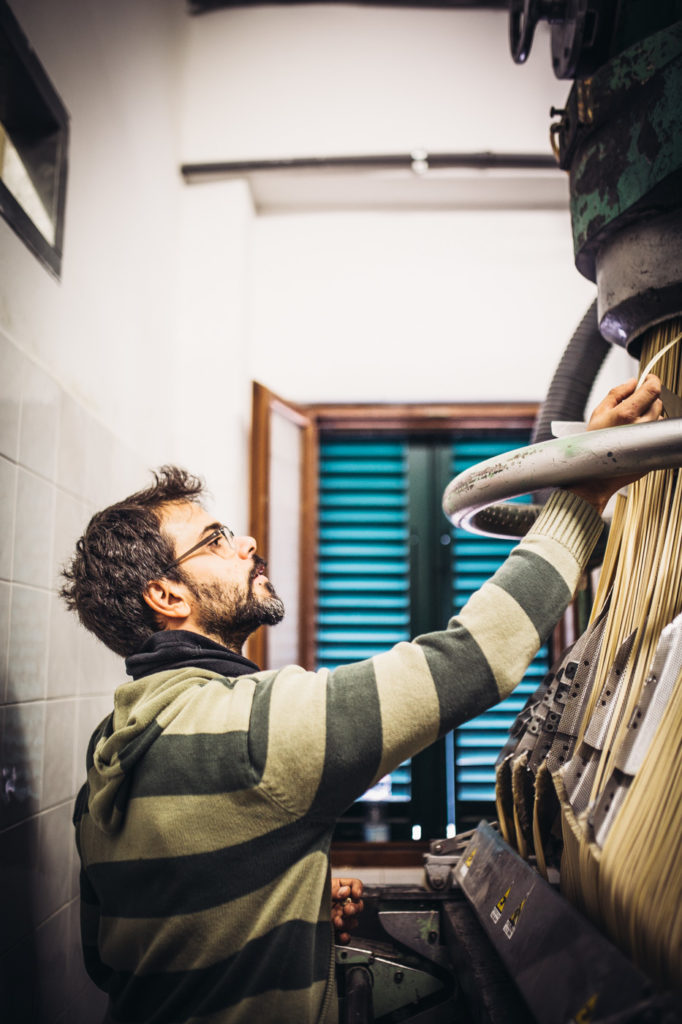

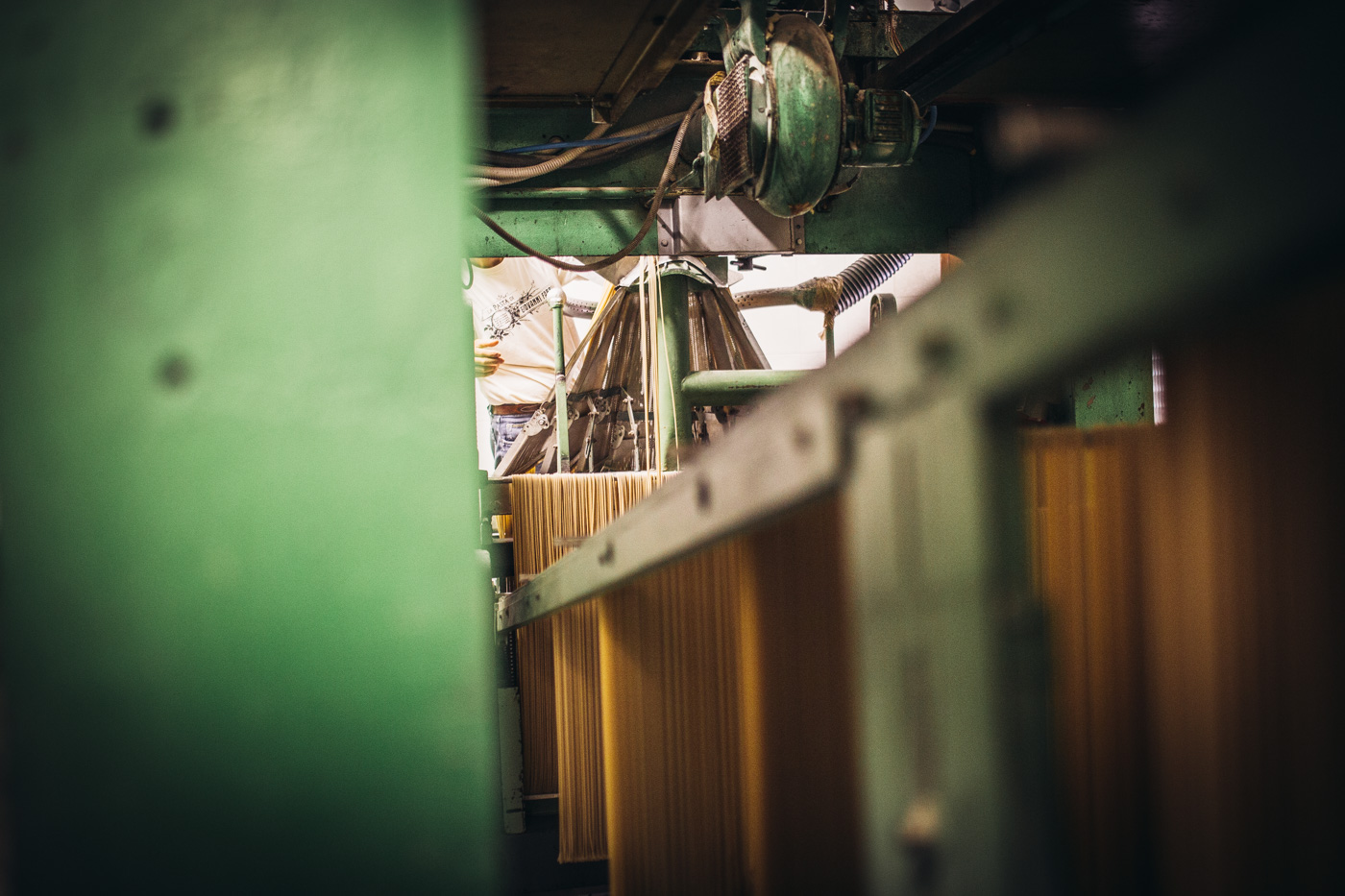
When it finally emerges—almost a week later—the result of this meticulous extruding and drying is twofold. The bronze dies—long prized in dry pasta production—provide a slightly ragged texture to each coil or rope of pasta. Those nooks and crannies provide a grip for your sauce, almost like a hold for a rock climber. Second, this “live” (or some might say “raw”) pasta has never been cooked. That means that when it finally hits a rolling pot of salted water, the cook is guaranteed the iconic al dente of Italian dried pasta. Marco dares, “There’s no way anyone will ever accidentally overcook our pasta.” For restaurants and home cooks who value the texture of their pasta as much as its flavor, that’s an experience that’s worth the wait.
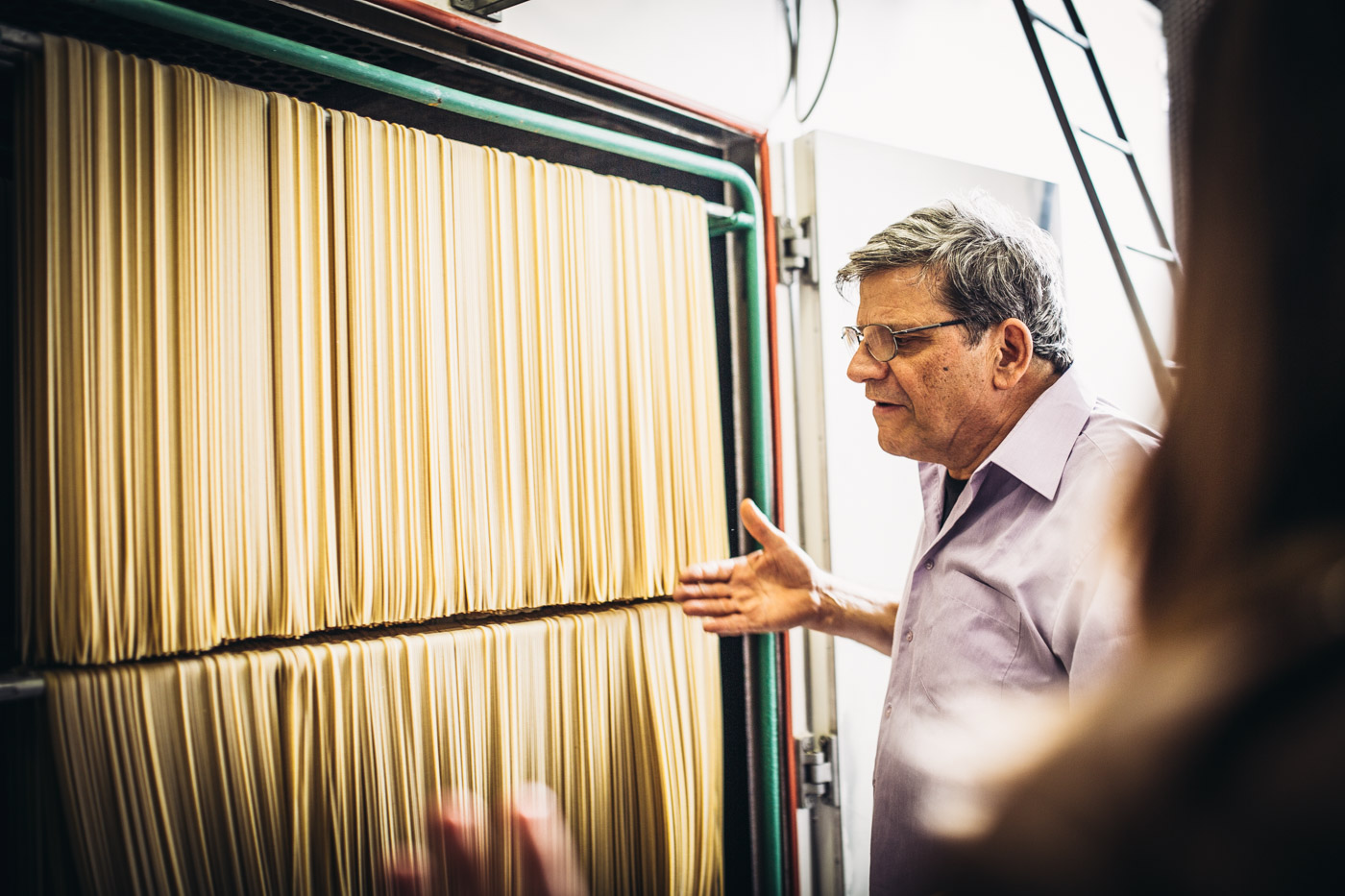
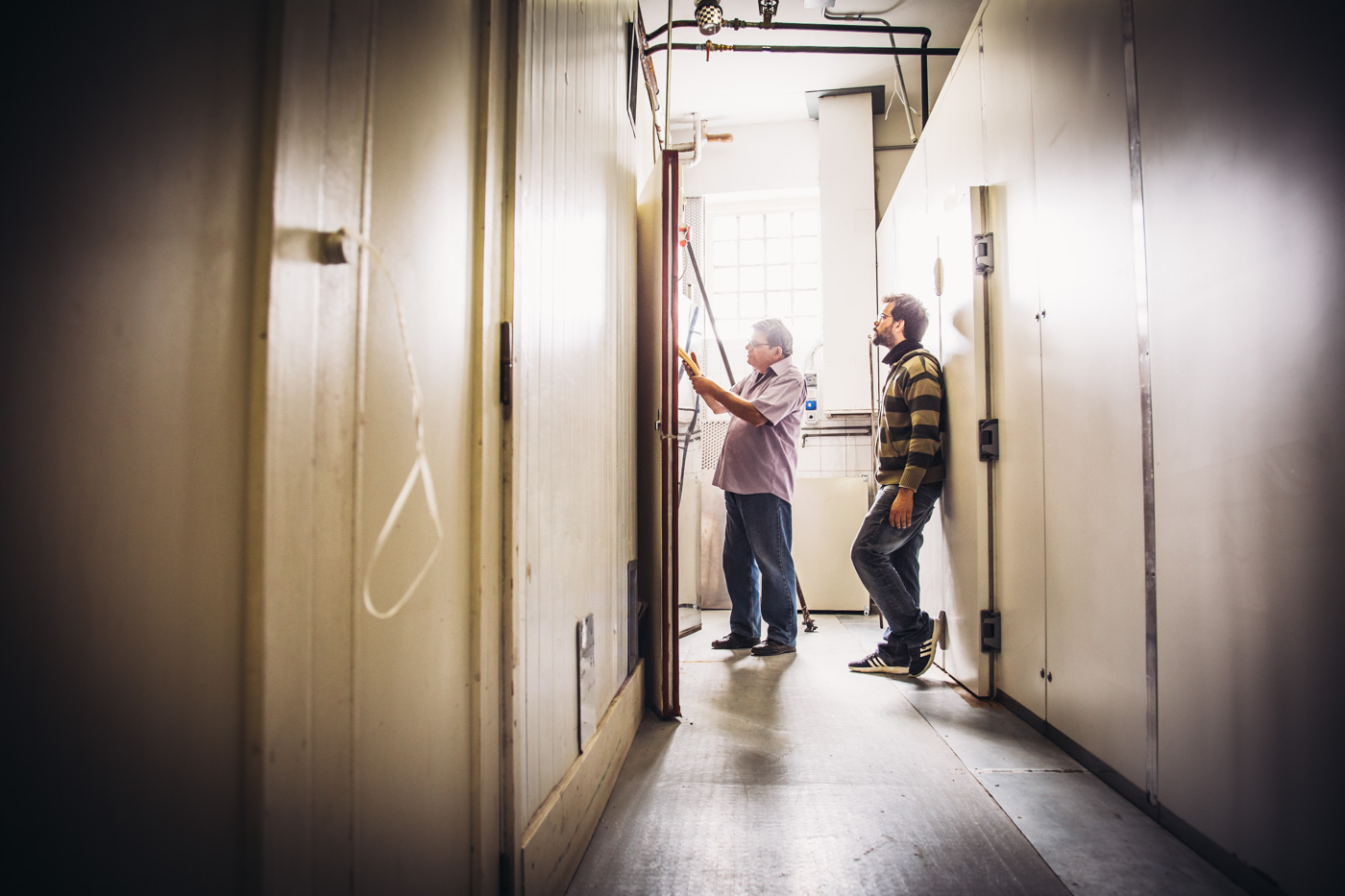





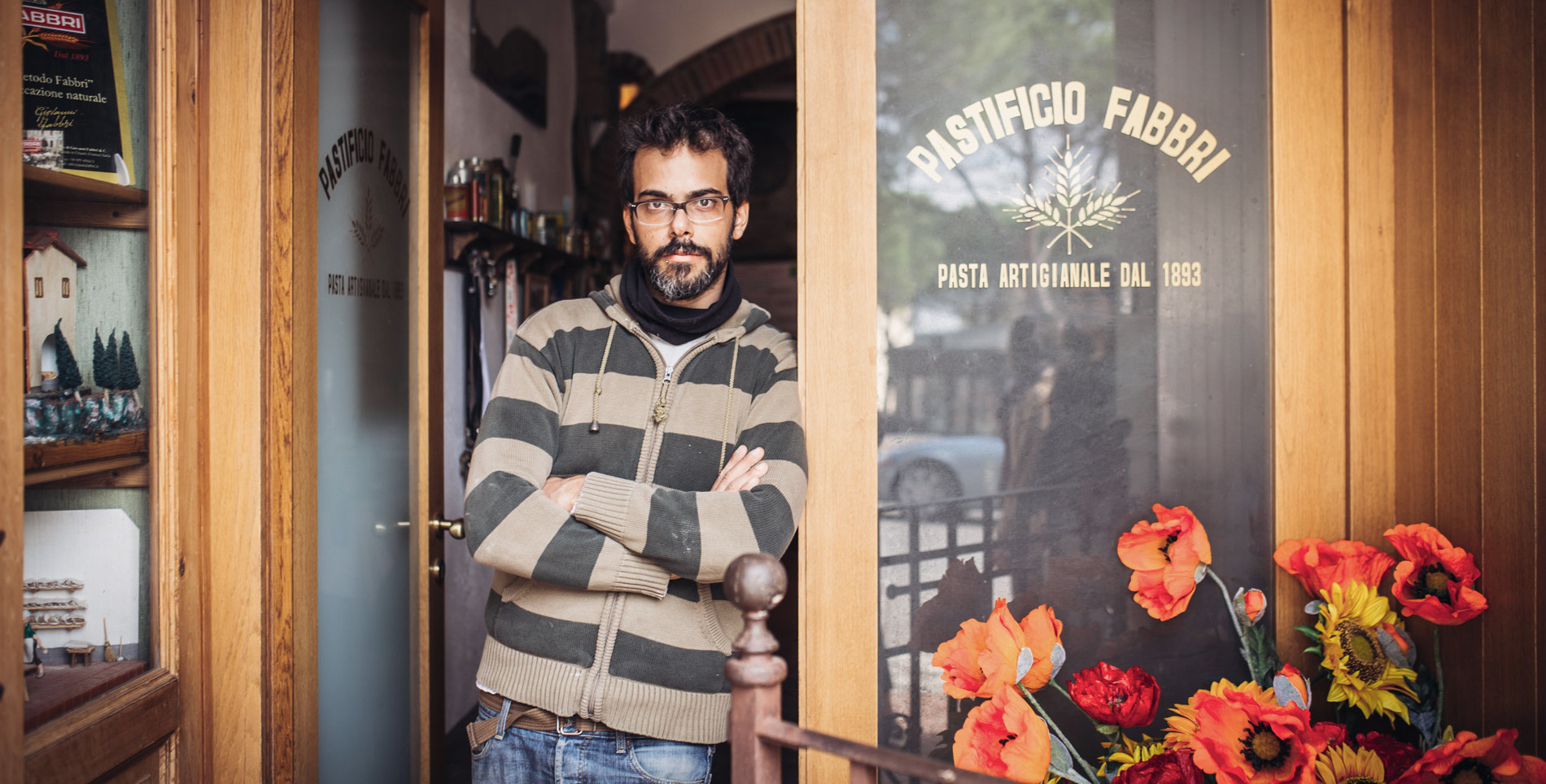

Our comments section is for members only.
Join today to gain exclusive access.